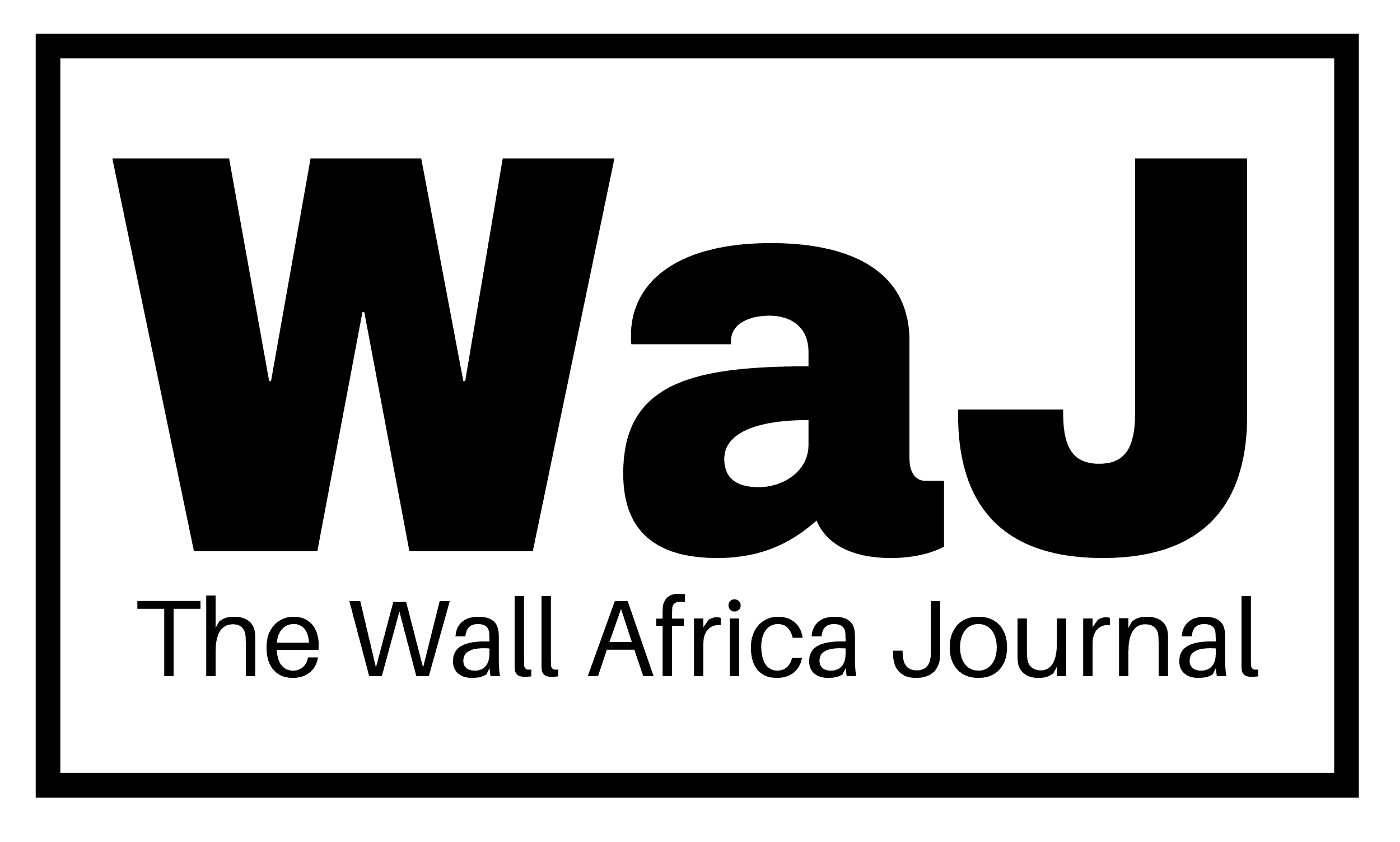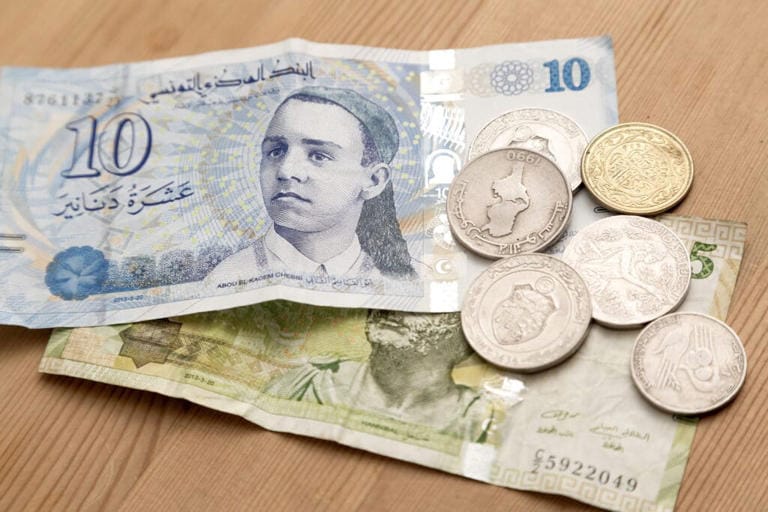Currency stability plays a crucial role in economic growth, shaping investment trends, trade balances, and inflation rates. Several African currencies have maintained strength against the US dollar, reflecting sound economic policies, resource management, and financial discipline.
According to the Forbes currency calculator, the ten strongest African currencies as of March 2025 highlight the impact of stable governance, trade partnerships, and diversified economies. These currencies continue to support national economies, fostering growth and resilience in an evolving global financial landscape.
1. Tunisian Dinar (TND) – 3.09 per US Dollar
The Tunisian dinar holds the top position as Africa’s strongest currency. Its strength is driven by Tunisia’s controlled inflation, steady economic policies, and strong trade partnerships, particularly with European nations. The country’s well-regulated financial sector and diversified economy contribute to the dinar’s resilience.
2. Libyan Dinar (LYD) – 4.83 per US Dollar
Despite political turbulence in recent years, Libya’s economy remains heavily dependent on its vast oil reserves, which provide strong backing for the Libyan dinar. The country’s hydrocarbon wealth enables it to maintain currency stability, even in the face of governance challenges.
3. Moroccan Dirham (MAD) – 9.57 per US Dollar
Morocco’s strategic economic policies, stable trade relations, and thriving tourism industry help keep the Moroccan dirham among Africa’s strongest currencies. The country’s economic diversification, including agriculture, mining, and manufacturing, plays a key role in maintaining a stable exchange rate.
4. Botswana Pula (BWP) – 13.62 per US Dollar
Botswana is known for its strong democratic governance and prudent economic management. The strength of the pula is attributed to Botswana’s wealth from diamond mining, low debt levels, and strict monetary policies. The government’s efforts in economic diversification further support the currency’s stability.
5. Seychellois Rupee (SCR) – 14.37 per US Dollar
Seychelles, a small island nation, has a high-value currency primarily due to its strong tourism industry, well-regulated offshore financial services, and sustainable fisheries sector. The country’s strict banking regulations ensure that the Seychellois rupee maintains a competitive exchange rate.
6. Eritrean Nakfa (ERN) – 15.00 per US Dollar
The Eritrean nakfa maintains its strength due to the government’s strict controls on foreign exchange and economic activities. Despite economic limitations, the government’s tight monetary policies help stabilize the currency, making it one of the stronger ones in the region.
7. Ghanaian Cedi (GHS) – 15.49 per US Dollar
Ghana’s cedi has experienced fluctuations, but the country’s rich natural resources—including gold, cocoa, and oil—continue to provide economic stability. Efforts to strengthen financial policies and diversify revenue streams help maintain the cedi’s ranking among Africa’s strongest currencies.
8. Lesotho Loti (LSL) – 18.15 per US Dollar
The loti is directly pegged to the South African rand, ensuring a stable valuation. Lesotho benefits from trade agreements with South Africa, its largest economic partner. This close economic relationship helps maintain currency strength.
9. Namibian Dollar (NAD) – 18.15 per US Dollar
Like Lesotho, Namibia’s currency is also pegged to the South African rand. The country’s economy is bolstered by a strong mining sector, particularly in diamonds and uranium, as well as a growing tourism industry. This combination supports the stability of the Namibian dollar.
10. South African Rand (ZAR) – 18.15 per US Dollar
The South African rand is one of Africa’s most actively traded currencies, thanks to the country’s well-developed financial markets. South Africa’s economy is driven by a mix of industries, including mining, manufacturing, and financial services. Despite economic challenges, the rand remains a key currency in African and global trade.
Why Strong Currencies Matter for Africa’s Economic Growth
A stable and strong currency fosters economic growth by reducing inflation, ensuring predictable import and export pricing, and attracting foreign investment. Countries with well-managed currencies create environments that encourage business expansion and job creation.
However, currency strength alone does not guarantee economic prosperity. Policymakers must implement strategies that promote industrialization, reduce income inequality, and encourage innovation. Balancing currency stability with sustainable development will be crucial for Africa’s long-term economic success.
As the global financial landscape shifts, African nations must continue strengthening their economies through sound policies, investment in key sectors, and regional trade collaborations. Maintaining strong currencies will remain a vital tool in securing economic resilience and long-term growth.


